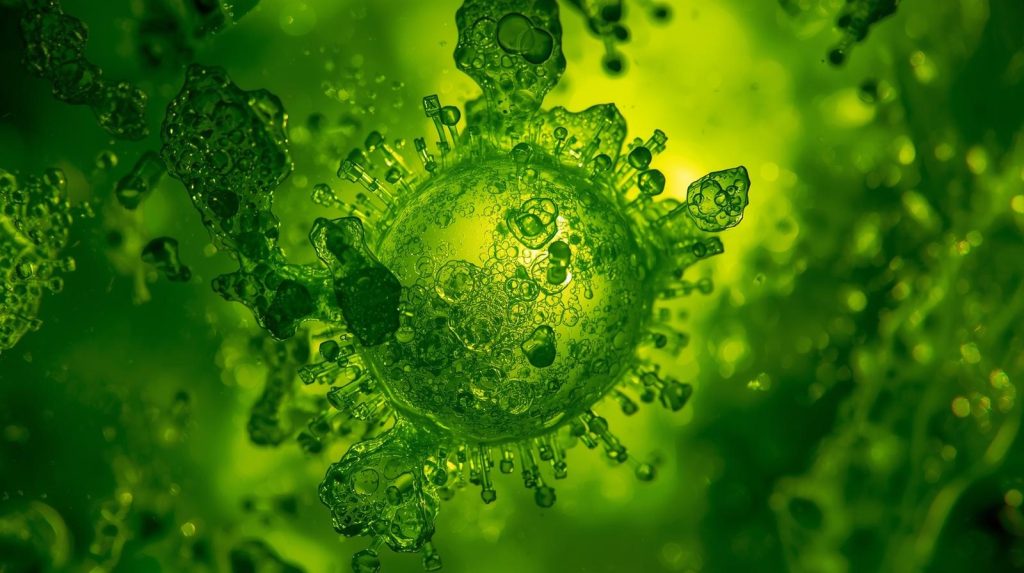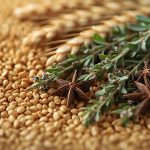Recycling Waste into Bio-Value
What if olive oil waste could power the next generation of sustainable biotechnology?
Researchers from the University of Valladolid (Spain) and São Paulo State University (Brazil) have unveiled an innovative solution: using hydrothermal carbonization (HTC) by-products of olive-mill waste to enhance pigment production in microalgae.
In their latest study, the green alga Coelastrella thermophila var. globulina responded remarkably to olive waste-derived biostimulants, showing increased chlorophyll and carotenoid accumulation without hindering growth or CO₂ removal.
From Wastewater to Biostimulant
The research team used aqueous fractions from olive-mill waste—typically considered an environmental burden—as nutrient-rich supplements for algal cultures. These fractions, produced via hydrothermal carbonization, are abundant in nitrogen, phosphorus, and carbon—making them ideal biofertilizers for algal biorefineries.
When added in small concentrations:
- 100 mg/L of hydrochar increased carbohydrate content up to 53%,
- 3 mL/L of raw solution (RS) boosted chlorophyll a, b, and total carotenoids to record levels (837, 601, and 1115 µg g⁻¹, respectively).
The algae also maintained a biomass productivity of 1.27 g/L/day, while achieving complete CO₂ removal within 60 hours — a perfect model for photosynthetic biogas upgrading.
A Sustainable Boost for the Pigment Industry
The global market for microalgal pigments like carotenoids and chlorophyll is projected to surpass $8.5 billion by 2034. Yet, traditional production methods rely on costly media and energy-intensive processes.
This study proves that HTC-derived olive waste biostimulants can replace synthetic additives—creating a circular bioeconomy where food industry by-products fuel new green value chains.
💡 By turning waste into biostimulant feedstock, industries can reduce pollution while producing high-value natural pigments used in foods, cosmetics, and pharmaceuticals.
Key Highlights
| Parameter | Control | With Biostimulant |
|---|---|---|
| Total Carotenoids | 289 µg/g | 1116 µg/g |
| Chlorophyll a | <200 µg/g | 837 µg/g |
| Biomass Productivity | 1.00 g/L/day | 1.27 g/L/day |
| CO₂ Fixation | 60 hours | 60 hours (100% removal) |
No growth inhibition
Higher pigment yield
Improved CO₂ biofixation
Why This Matters
Olive-mill waste is often considered toxic and non-biodegradable. This study transforms that perception—showing that with controlled processing (HTC), the same waste can act as a microalgae biostimulant, enriching biomass and pigments sustainably.
The approach directly supports UN Sustainable Development Goals (SDG 9, 12, and 13) — promoting innovation, responsible production, and climate action.
Reference
de Mello, B. S., Vargas-Estrada, L., Sarti, A., & Muñoz, R. (2025). Enhancing pigment accumulation in Coelastrella thermophila var. globulina via olive-mill waste biostimulant addition during photosynthetic biogas upgrading. Journal of Applied Phycology. https://doi.org/10.1007/s10811-025-03684-w







